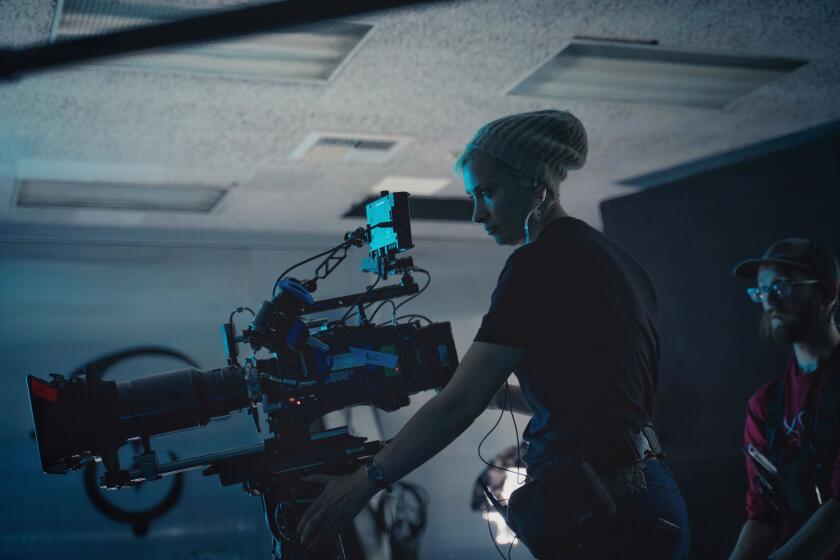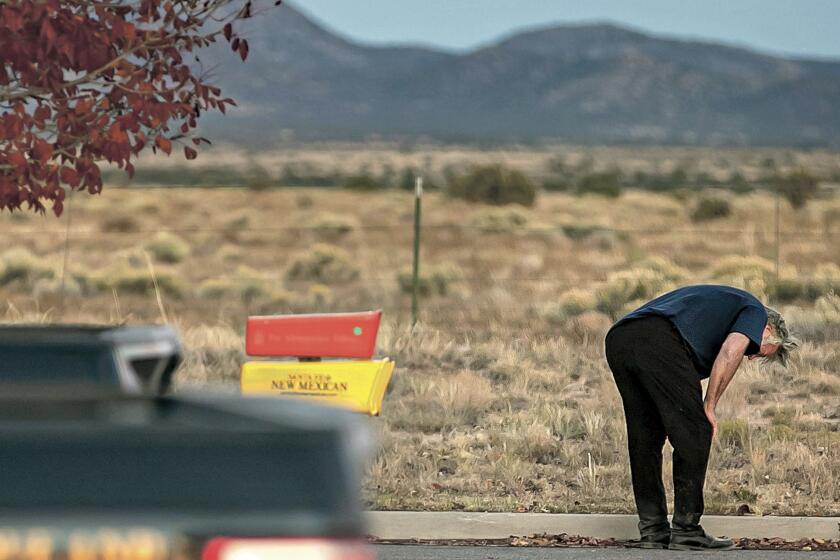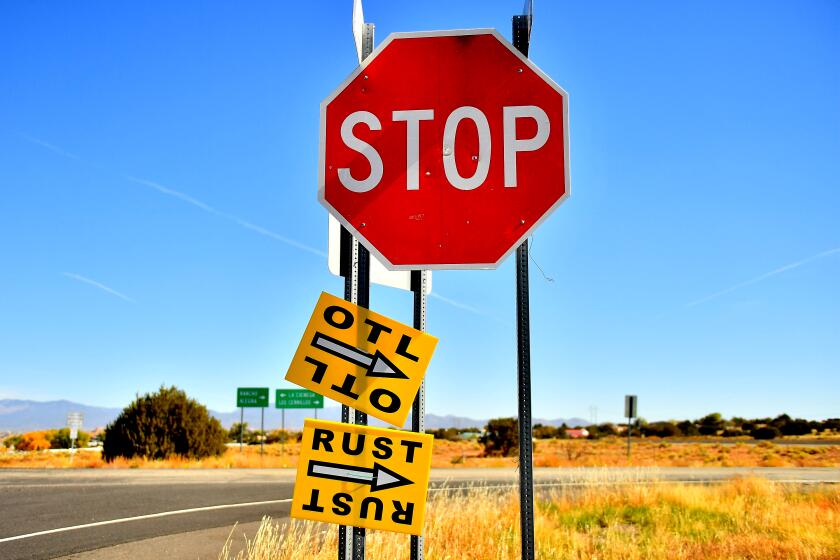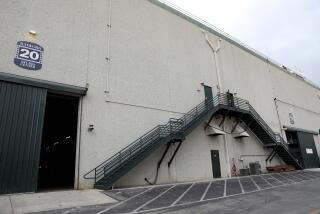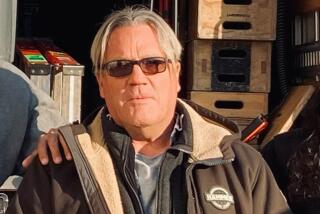Film set fatalities rise in last decade as production booms

The accidental shooting of cinematographer Halyna Hutchins by actor Alec Baldwin during filming of the western “Rust” was the latest among a series of fatal injuries that have dogged the industry for years.
A Los Angeles Times review of U.S. government data and published reports shows that at least 19 fatal injuries took place on film sets nationwide from 2010 to 2019, the last year for which data were available.
Overall, at least 47 fatalities have occurred among 250 film production accidents since 1990, according to data reported to the Occupational Safety and Health Administration, which tracks serious workplace accidents in the United States that have been reported to the agency.
Fatalities and serious accidents are generally rare in the film and TV industry, thanks to the use of digital effects and improved safety protocols.
Nonetheless, the industry has struggled to improve its safety record and is facing renewed scrutiny from crew members over its practices after the deadly incident on the set of “Rust” in New Mexico.
The accident has become another rallying cry for the industry to address long-standing complaints about unsafe conditions on sets, including long hours. Crew members on the set of “Rust” complained of lax safety standards and tensions with producers before the shooting, The Times reported.
Cinematographer Halyna Hutchins was killed on the set of “Rust” in October 2021. A judge dismissed the involuntary manslaughter case against star Alec Baldwin in July 2024.
Rust Movie Productions has said it is cooperating with the law enforcement investigation and was “not made aware of any official complaints concerning weapon or prop safety on set.” The company has since said it has hired lawyers to conduct its own investigation.
The fatal shooting struck a chord among film industry workers, who held vigils for Hutchins in Albuquerque and Burbank. Many recalled the death of camera assistant Sarah Jones on a railway trestle in Georgia in 2014 during the filming of “Midnight Rider,” another accident that galvanized the industry and sparked calls for safer sets.
Among them was hairstylist Joyce Gilliard, who was injured in the train crash that killed Jones and had reconstructive surgery after her arm was broken.
“The numbers are surprisingly shocking to me that there have been that many lives lost on film sets,” Gilliard told The Times in an interview. “So many families have lost someone…. They just go to work one day and never come home. Can you imagine that feeling? That is the stuff that goes through my mind. It’s just heartbreaking.”
Film- and TV-related fatalities steadily declined in the 1990s and dropped to zero by 2003 as studios and producers stepped up their safety efforts and as some risky stunts were replaced with digital effects.
The industry also remains relatively safe compared with other professions.
For example, the fatal work injury rate for all industries nationwide in 2019 was 3.5 fatalities per 100,000 full-time workers, according to the U.S. Bureau of Labor Statistics. The film production industry has a rate of roughly 0.9 fatalities per 100,000 full-time workers during the last decade, The Times’ analysis found.
And its rate of injury and illness was also lower than the average across all industries in the country, the bureau’s data show.
Still, the film and TV industry continues to grapple with high-profile incidents and has seen the number of fatalities increase over the last decade, federal records show.
Some workers died in helicopter crashes; others fell off scaffolding or were fatally injured in car accidents or by heavy equipment — even a freight train and a military-style tank. Some incidents occurred on big-budget features, others on low-budget features and low-cost reality TV programs.
Deaths from prop guns are rare. The previous high-profile gun-related fatality occurred in 1993, when Brandon Lee, the son of the late kung fu star Bruce Lee, died after being shot by a prop gun on the set of the movie “The Crow.”
Several explanations account for the increase in deaths, including overall growth in the workforce and an increase in production to feed an expanding pipeline of content for streaming services.
But authorities and safety experts also say shortcuts taken by producers to save time and money have contributed to the increase in accidents on sets.
“It does not surprise me if you have reduced budgets, a more stressed crew, more expectation on the bottom line, that you are going to have increases in both injuries on set and fatalities,” said attorney Jeff Harris, who represented the families of Jones and of stuntman John Bernecker in wrongful-death lawsuits. Bernecker was killed in a fall on the set of AMC’s “The Walking Dead” in 2017.
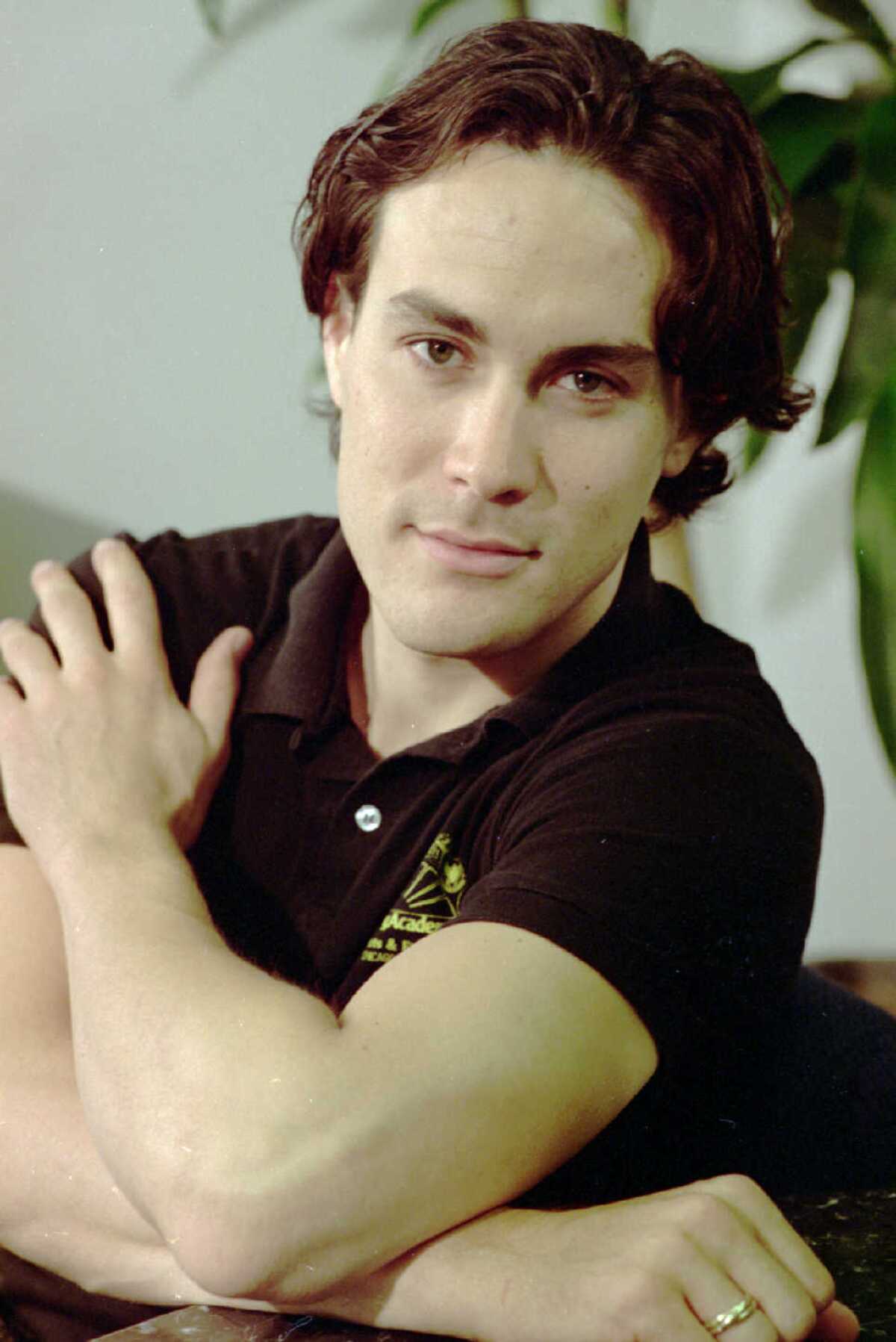
The review of federal workplace safety data builds on an investigation by The Times in 2015 that underscored the risk-taking involved in the growing reality television genre after a helicopter crash killed 10 television workers in Argentina. Those fatalities, during a French production, weren’t included in the latest analysis of Occupational Safety and Health Administration data because they occurred overseas. The Associated Press published similar findings on film set accidents in a 2016 report.
Overall, the federal data show that the film production industry has recorded 47 fatalities and at least 180 injuries that resulted in worker hospitalization, according to The Times’ review. Although the number of fatalities increased in the last decade, the number of accidents overall decreased, the data show.
In the death of Halyna Hutchins, some film workers see the tragic result of a troubling trend in how producers of low-budget films place financial considerations over human ones.
The vast majority of the accidents occurred in California, often in the Los Angeles area, including the high-profile 2013 helicopter crash in Acton during the filming of a Discovery Channel reality television show. Three people, including the pilot and a cast member, were killed in the crash at Polsa Rosa Ranch. The case wasn’t included in OSHA’s database because it involved flight operations and was investigated by the National Transportation Safety Board.
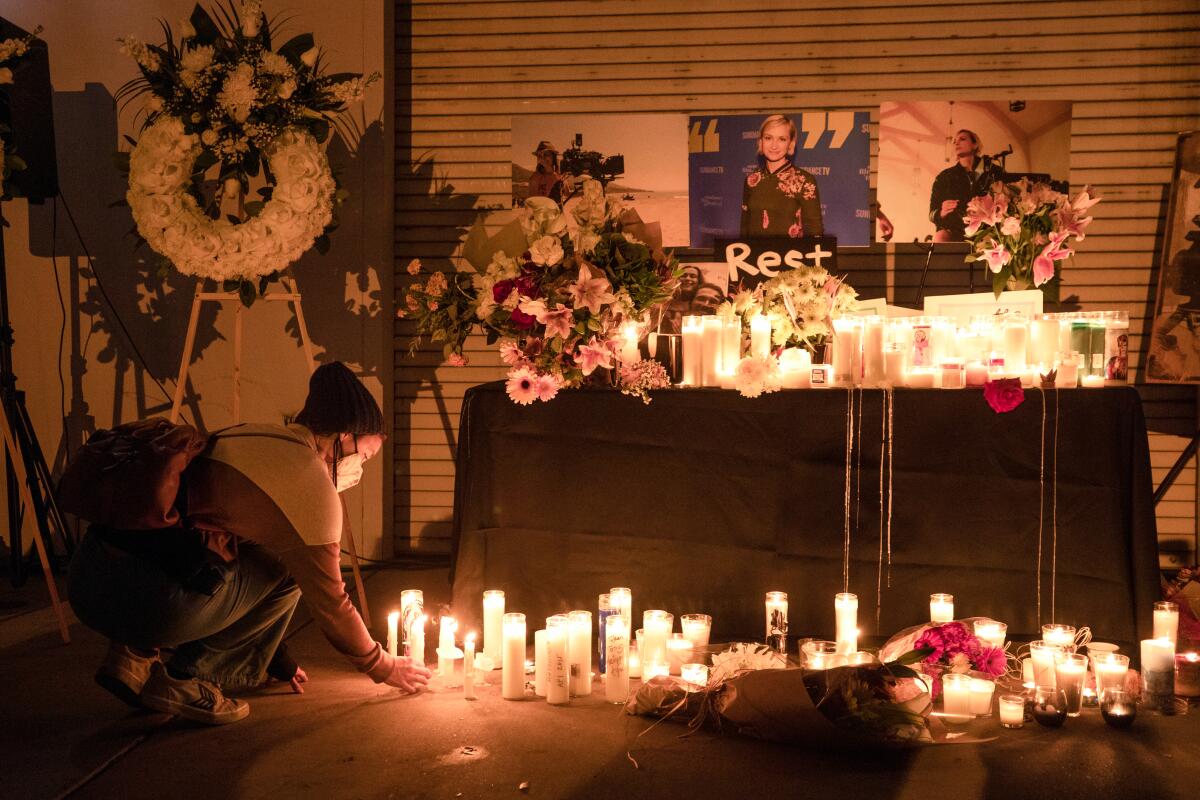
The use of aircraft and vehicles has been a common source of injury on film production sets over the years, according to OSHA, and misjudgment or the removal of safety devices were among the leading “human” factors contributing to serious accidents.
The causes of the deaths and accidents aren’t always clear in OSHA’s categorization of its inspections, with many documented as “other.”
The most common cause of accidents involved workers falling from elevated spaces, the records show.
That’s what happened in the 2010 case involving the death of photographer Stuart Keene, who was killed in a fall while shooting a motocross race. Some safety railings were removed to provide a better camera angle from the lift, which hadn’t been erected on level ground. The lift swayed and pitched, and Keene fell to the ground, the camera landing on his chest. He died at a hospital, according to an account in federal inspection records.
The Keene case resulted in a $60,000 penalty against the company, Lucas Oil Production Studios, which was reduced from an initial penalty of $90,000 — among the largest ever levied by OSHA against the film production industry. The Times’ review found nearly $1 million in penalties for violations related to film production incidents since 1990.
More recently, in September, a 38-year-old crew member sustained critical injuries and was left fighting for his life after a major fall during construction for the Netflix film “Me Time,” which stars Kevin Hart and Mark Wahlberg, according to the Los Angeles Fire Department. The accident happened at a soundstage at Netflix’s Sunset Gower Studios in Hollywood.
Penalties such as those in the Keene case, which are capped for specific workplace violations, are set by Congress and are intended as an “incentive for preventing or correcting violations voluntarily,” according to OSHA’s field operations manual.
The tragic shooting on the “Rust” set is a reminder of the risks faced by the people who make films and TV shows. Here’s a rundown of the common safety procedures and the help available to cast and crew members who see problems.
“While penalties are not intended as punishment for violations, Congress has made clear that penalty amounts should be sufficient to serve as a deterrent to violations,” the manual reads.
Those penalties have been relatively small compared with settlements and jury verdicts stemming from film production accidents and fatalities.
In the “Walking Dead” case, an Atlanta jury awarded $8.6 million to members of the Bernecker family after their wrongful-death lawsuit.
A jury awarded $11.2 million in 2017 to the family of Jones. The director of “Midnight Rider,” Randall Miller, pleaded guilty in 2015 to involuntary manslaughter in her death.
“Any death in what should be a safe working environment with platinum-rated safety standards is a death too many,” said attorney Chris Deacon. His law firm, Stewarts, represented stuntwoman Olivia Jackson, who lost her arm in a stunt she was performing for the 2016 film “Resident Evil: The Final Chapter.”
“If those engaged to work on set in whatever capacity are dying at the hands of the creative process, then something is fundamentally wrong in the production processes,” he said.
More to Read
Inside the business of entertainment
The Wide Shot brings you news, analysis and insights on everything from streaming wars to production — and what it all means for the future.
You may occasionally receive promotional content from the Los Angeles Times.
